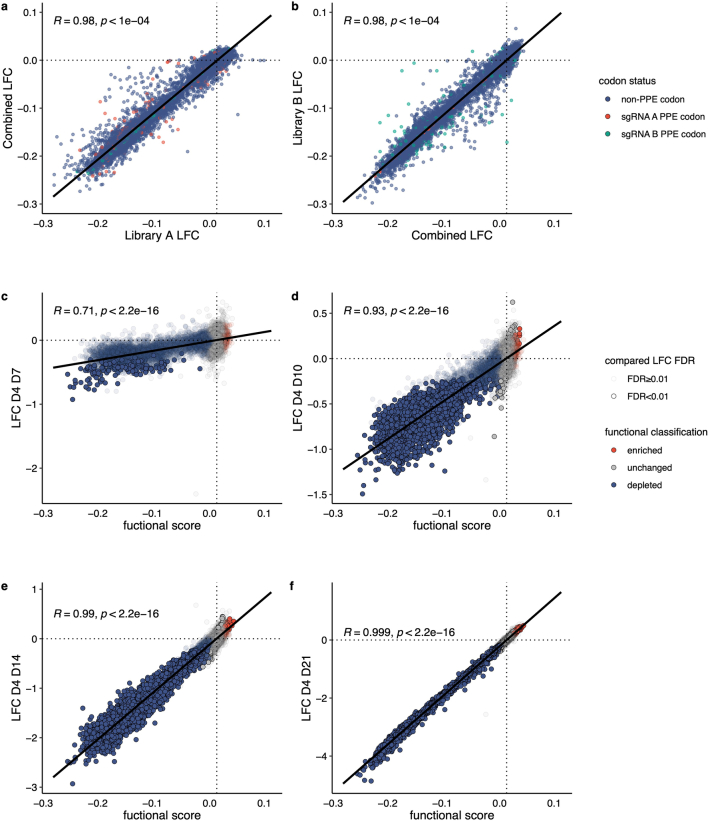Extended Data Fig. 4. Comparison of LFCs between separate libraries or timepoints reveals kinetics of variant change.
a. and b. show the combined LFC calculated using an inverse-weighted mean of Library A and Library B LFCs plotted against either Library A (a.) or Library B (b.) LFC. LFCs are highly concordant as expected, based on Pearson’s correlation coefficient (R) and two-tailed t-test p<2.2e-16. Variants that fall within codons that also contain fixed PAM/protospacer protection edits (PPEs, coloured red for Library A and green for Library B) are more likely to be outliers to the correlation, these codon variants were not weighted in Combined LFC calculations with the variant LFC derived from the library where there is not a PPE. c. LFC between D4 and D7 plotted against functional score (combined LFC) and coloured by functional classification, significant changes (FDR<0.01) for the LFC plotted on the y-axis are shown as non-transparent. d. As ‘c’ but comparing LFC between D4 and D10, a subset of variants marked in transparent shade can be seen which do not deplete significantly by D10, those that are coloured transparent dark blue, do become significantly depleted by D21. Those that are not transparent and dark blue are significantly depleted by D10, suggesting different variant depletion kinetics. e. As in ‘c’ and ‘d’ but comparing LFC between D4 and D14. There is a linear relationship and high correlation between the penultimate timepoint and functional score, suggesting little difference in the kinetics of depletion. f. Functional score compared with LFC D4 D21 shows an extremely high correlation, suggesting very little/no difference between these two related metrics of variant change. Pearson’s correlation coefficient is shown (R) and two-tailed t-test p<2.2e-16 for all plots.

